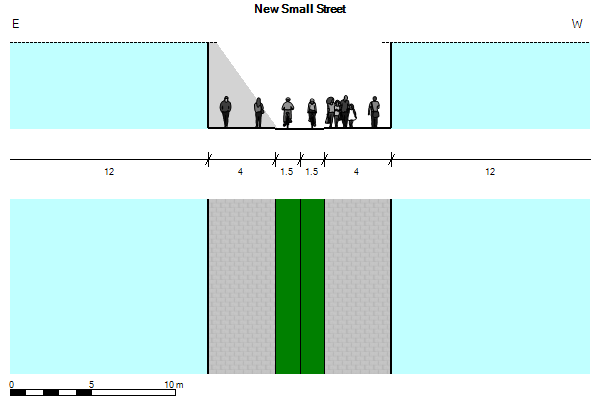It was a Thursday around ten at night, and the next day I needed to show and explain advancements in my research. By this time I already had a presentation, but I felt it didn’t quite explain all the work or mind processes that I’ve been doing or were in my head.
So, I decided to create a Fantasy City, a one place-discussion focus that could showcase of all the relevant subjects and explorations I was working with.

In this case I decided to use the city-building simulation game Cities: Skylines. This allowed me to access thousands of resources and mods from the player community, and I was able to depict my explorations very quickly.

I took every insight I had and somewhat plug it in. Some of them I haven’t made an exploration, like Small Green Space. I used the Grid exploration to allocate services and needs. I used the New Broadway exploration for the roads of the city, giving me a unique view of a city with a less car-centric street approach.

But the most interesting thing about using this platform, was the various map views that gave me with information needed, in order to achieve the many goals the game has.
This inspired me to create the current exploration I am working on: maps of cities that can inform designers where are the opportunities for urban design improvement.
Exploration in progress, soon to be uploaded.




